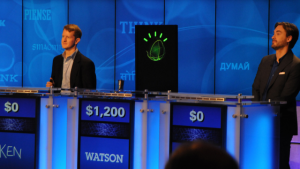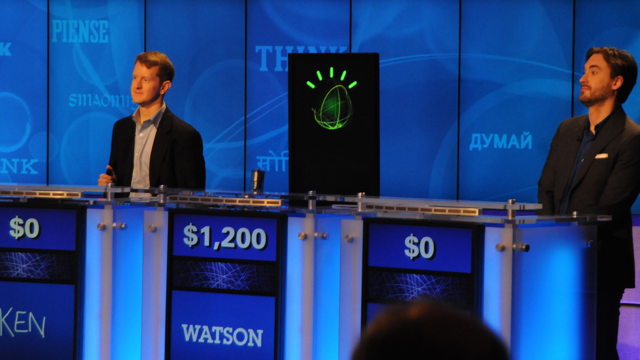
Last Tuesday, Dr. David Ferrucci spoke at The Computer History Museum in Mountain View with The Financial Times' Richard Waters about IBM's Watson computer and the future of artificial intelligence (AI).
Watson is the most successful AI computer since Deep Blue, the chess-playing computer that played against and defeated chess grandmaster Garry Kasparov in 1997.
Watson's mission was to compete against the top champions of the popular trivia show Jeopardy. Dr. Ferrucci was in charge of the Watson project at IBM, and explained to a packed audience how the project came to be and where IBM is taking this technology in the future.
Artificial intelligence began to experience a renaissance in 1995 when research began on teaching computers how to digest and comprehend knowledge in the manner that humans do -- natural language. Natural language comprehension, the goal of Watson, really strikes at the heart of AI. After the success of Deep Blue, IBM executives wanted to find the "next big thing". An executive came up with the idea of a computer that could compete playing Jeopardy. It took a couple years to gain mindshare within IBM to take on what seemed like a harebrained idea, but Dr. Ferrucci stepped up to the plate.
Watson was significantly more challenging to build than its predecessor. As Dr. Ferrucci explained, when Deep Blue was created to play chess, its goal was to follow the rules and strategies of a well-defined game. There is no background knowledge or natural language processing needed to play chess; as such it is well-suited for a machine to play.
